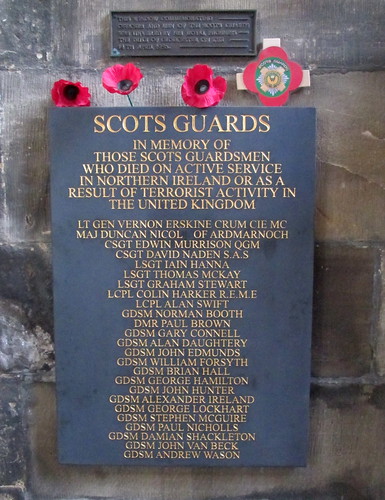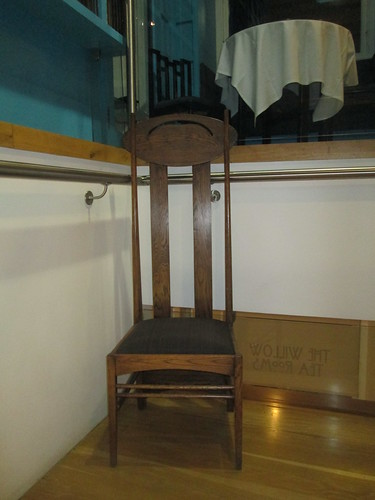Memorial to Highlanders. The names are legible but the inscription below them is all but unreadable. At the time of visiting I was given to understand this was a memorial to men who died in service in India but it seems it is a Great War Memorial. There is a memorial to campaigns in India nearby.

Glasgow Police Memorial. “To the glory of God and in memory of the men of the Glasgow Police who gave their lives in the War 1914 – 1918.”
“Go tell our city living we guarded thee, dead we guard thee still.”

Lowland Field Ambulance Memorial. “157th Lowland Field Ambulance. In proud memory of those who died for their country. 1914 -1918. 1939 – 1945. In arduis fidelis.”

Royal Army Medical Corps Memorial. “1914 – 1919. In memory of the ranks of the ranks of the Glasgow units Royal Army Medical Corps (Territorial Force) who lost their lives in the Great War. Erected by their comrades.”

Glasgow Cathedral Congregation Memorial:-

Memorial to “men of this church.” “Sacred to the memory of the men of this church who gave their lives in the Great War. Their name liveth for evermore.”

Memorial to Four Brothers of the Great War. “To the glory of God and in memory of four brothers native to this city who died for their country and in the cause of honour and freedom.
Capt Charles H Anderson, HLI, Givenchy, 19/12/1914.
Lt Alexander R Anderson, HLI, Vielle Chapelle, 8/10/1915.
Capt Edward K Anderson, RFC, Winchester, 16/3/1918.
Lt Col William H Anderson VC, Mericourt, 15/3/1918.”

Highland Light Infantry Memorial. “In memory of the Officers, Warrant Officers, Non-Commissioned Officers and men of the 23 Battalion HLI who fell in the Great War 1914 – 1918. Their name liveth for evermore.”

Roll of Honour, Parish of St Mungo High, 1914 – 1919:-

There were two busts near the Cathedral’s entrance of a woman in nurse’s uniform and a man in military uniform, presumably set in place for the 100th anniversary of the Great War:-
























































